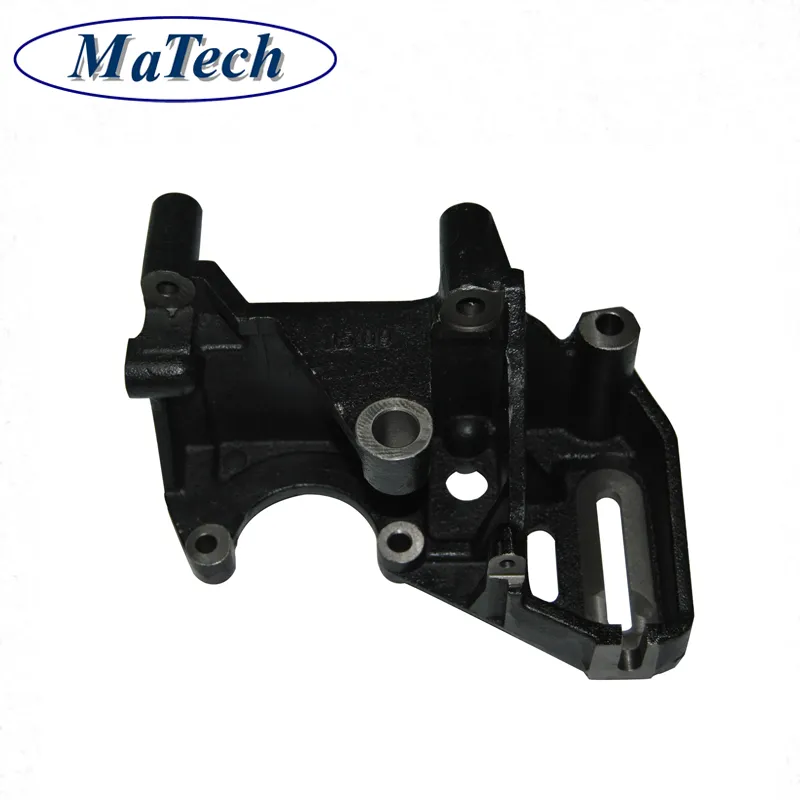Diecast Iron Mold Types
Diecast iron is a versatile metalworking process, and understanding the various mold types is crucial for achieving optimal results. The choice of mold significantly influences the final product’s quality, cost, and production efficiency. Several mold types cater to different project needs, each with unique characteristics impacting the casting process. This comprehensive guide delves into the prominent diecast iron mold types, their processes, and their respective advantages and disadvantages. This knowledge empowers you to make informed decisions when selecting the most appropriate mold type for your specific diecast iron project.
Permanent Mold Casting
Permanent mold casting utilizes reusable molds, typically made of metal, to repeatedly cast parts. This method is efficient for high-volume production runs and offers excellent dimensional accuracy and surface finish. Molten iron is poured into the mold, and after solidifying, the casting is ejected. The reusability of the mold makes it a cost-effective option for large production volumes, as the mold cost is distributed across numerous castings. Permanent mold casting is often used for parts with relatively simple geometries and a high degree of precision.
Gravity Casting Process
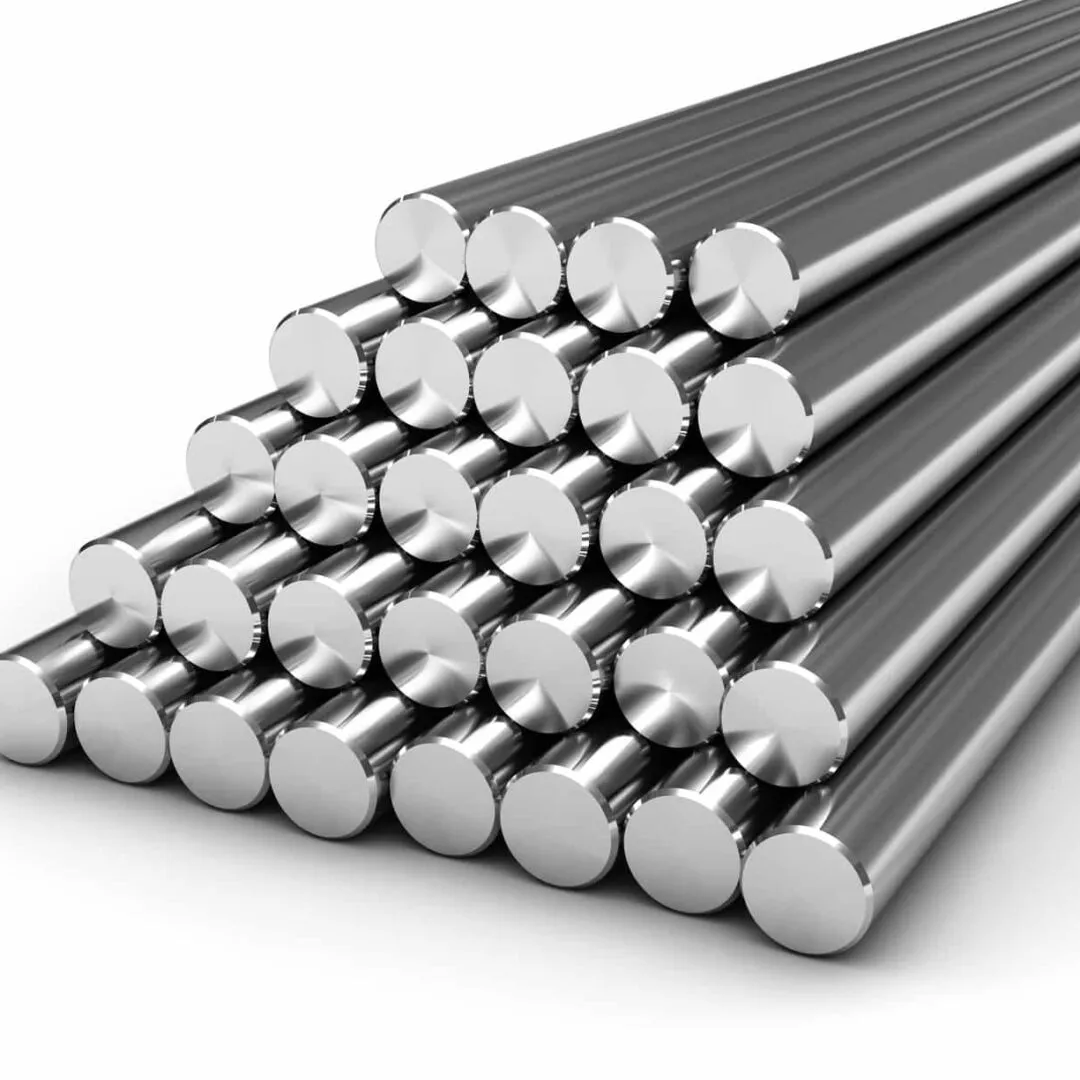
Gravity casting, a subset of permanent mold casting, relies on gravity to fill the mold. The molten iron is poured into the mold and allowed to fill the cavity naturally. This process is generally slower than high-pressure methods but results in a higher quality casting with fewer internal defects. The slower cooling rate in gravity casting promotes a finer grain structure, enhancing the mechanical properties of the final product. This process is ideal for complex shapes or parts that require enhanced strength and durability.
Low-Pressure Casting
Low-pressure casting, another variant of permanent mold casting, utilizes low air pressure to force the molten iron into the mold from below. This method offers excellent control over the filling process, resulting in consistent part quality. The upward flow of molten metal minimizes turbulence and entrapment of gases, reducing porosity and improving mechanical properties. It is particularly well-suited for producing parts with intricate designs and stringent quality requirements. This technique enables the creation of high-quality diecast iron components suitable for various applications.
High-Pressure Casting
High-pressure die casting (HPDC) is a rapid and efficient process where molten iron is injected into a mold under high pressure. This method enables fast cycle times and produces parts with high dimensional accuracy and smooth surfaces. HPDC is widely used for high-volume production of complex shapes. The high pressure ensures that the molten metal fills the mold quickly and completely, reproducing intricate details accurately. This process is often used in automotive, aerospace, and consumer electronics industries.
Semi-Permanent Mold Casting
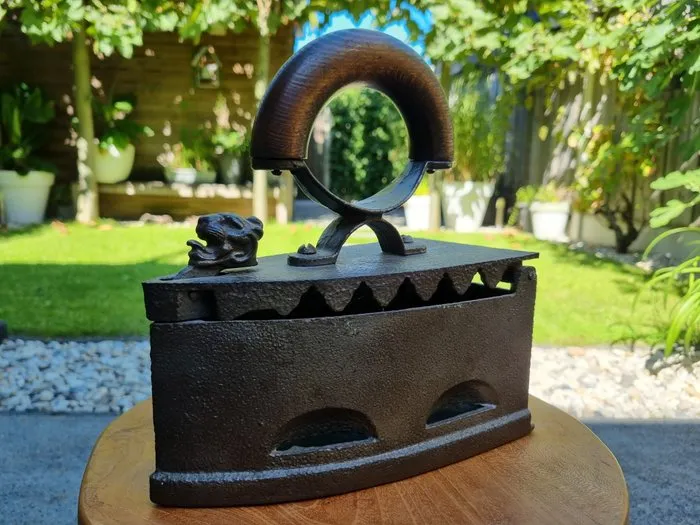
Semi-permanent mold casting combines aspects of both permanent and expendable mold casting. Some parts of the mold are reusable, while others are replaced after each casting. This approach offers flexibility in design and production, making it suitable for complex geometries that are difficult to produce with fully permanent molds. Semi-permanent mold casting provides a balance between cost-effectiveness and design freedom. This method allows for the creation of intricate parts that would be unfeasible using solely permanent mold techniques.
Expendable Mold Casting
Expendable mold casting utilizes molds that are destroyed after each casting. This category includes sand casting and investment casting. These methods are often used for complex geometries, low-volume production runs, or when intricate internal features are required. Expendable molds offer greater design flexibility but are generally slower and more costly per part than permanent mold processes. They’re well-suited for producing prototypes or specialized parts where the cost of the mold is not the primary consideration.
Sand Casting
Sand casting is one of the oldest and most versatile casting methods, utilizing sand as the mold material. It is suitable for producing large or complex parts with varying wall thicknesses and geometries. The sand mold is created by compacting sand around a pattern, which is then removed to create the mold cavity. Molten iron is poured into the cavity, and after solidifying, the sand mold is broken to extract the casting. Sand casting is cost-effective for low to medium production volumes, as the mold-making process is relatively inexpensive.
Investment Casting
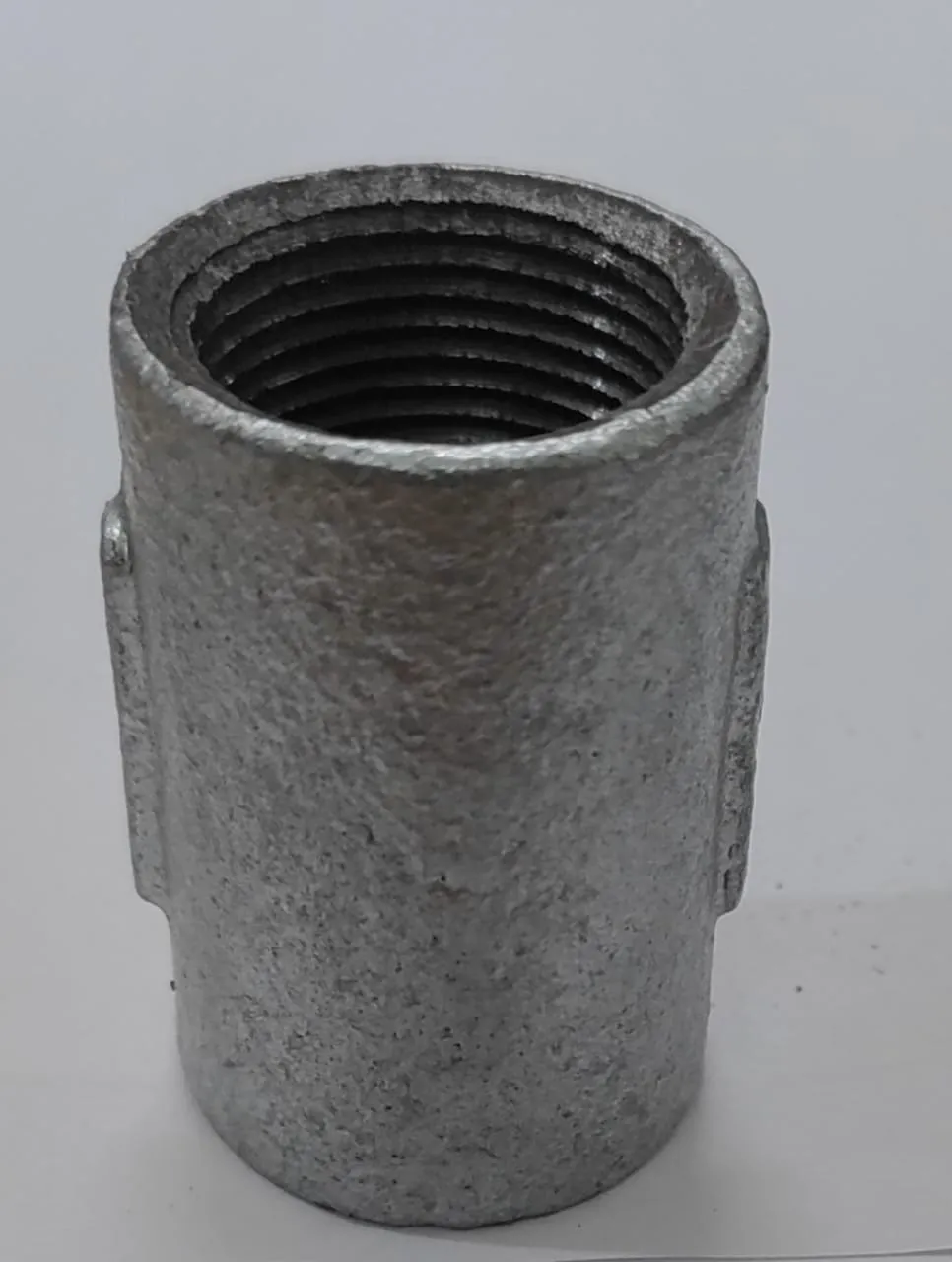
Investment casting, also known as the lost-wax process, produces parts with exceptional surface finish and dimensional accuracy. A wax pattern is created, coated with a ceramic slurry, and then heated to melt and remove the wax. The remaining ceramic shell becomes the mold. Molten iron is poured into the mold, and after solidifying, the ceramic shell is broken to reveal the casting. Investment casting is ideal for producing intricate parts with fine details, such as those used in aerospace and medical applications. It is known for its precision and ability to create complex geometries that are difficult to achieve with other methods.
Advantages and Disadvantages of Each Mold Type
Each diecast iron mold type presents distinct advantages and disadvantages. Permanent mold casting offers high production rates and excellent dimensional accuracy but is limited in terms of design complexity and initial mold cost. Expendable mold casting, such as sand casting, provides greater design flexibility and is suitable for large or complex parts. However, it generally has a lower production rate and can produce parts with a rougher surface finish than permanent mold processes. Understanding these trade-offs is critical when selecting the appropriate mold type for a given project. The suitability of each mold type depends on factors like production volume, design complexity, and required mechanical properties.
Cost Considerations
Cost is a primary consideration when choosing a diecast iron mold type. Permanent molds often have higher initial costs but are cost-effective for high-volume production due to their reusability. Expendable molds, like sand casting, have lower initial mold costs but can become expensive for large production runs due to the mold replacement requirements. The overall cost is affected by various elements, including mold material, labor, equipment, and the complexity of the part. A thorough cost analysis is essential for optimizing production efficiency and ensuring profitability.
Production Volume
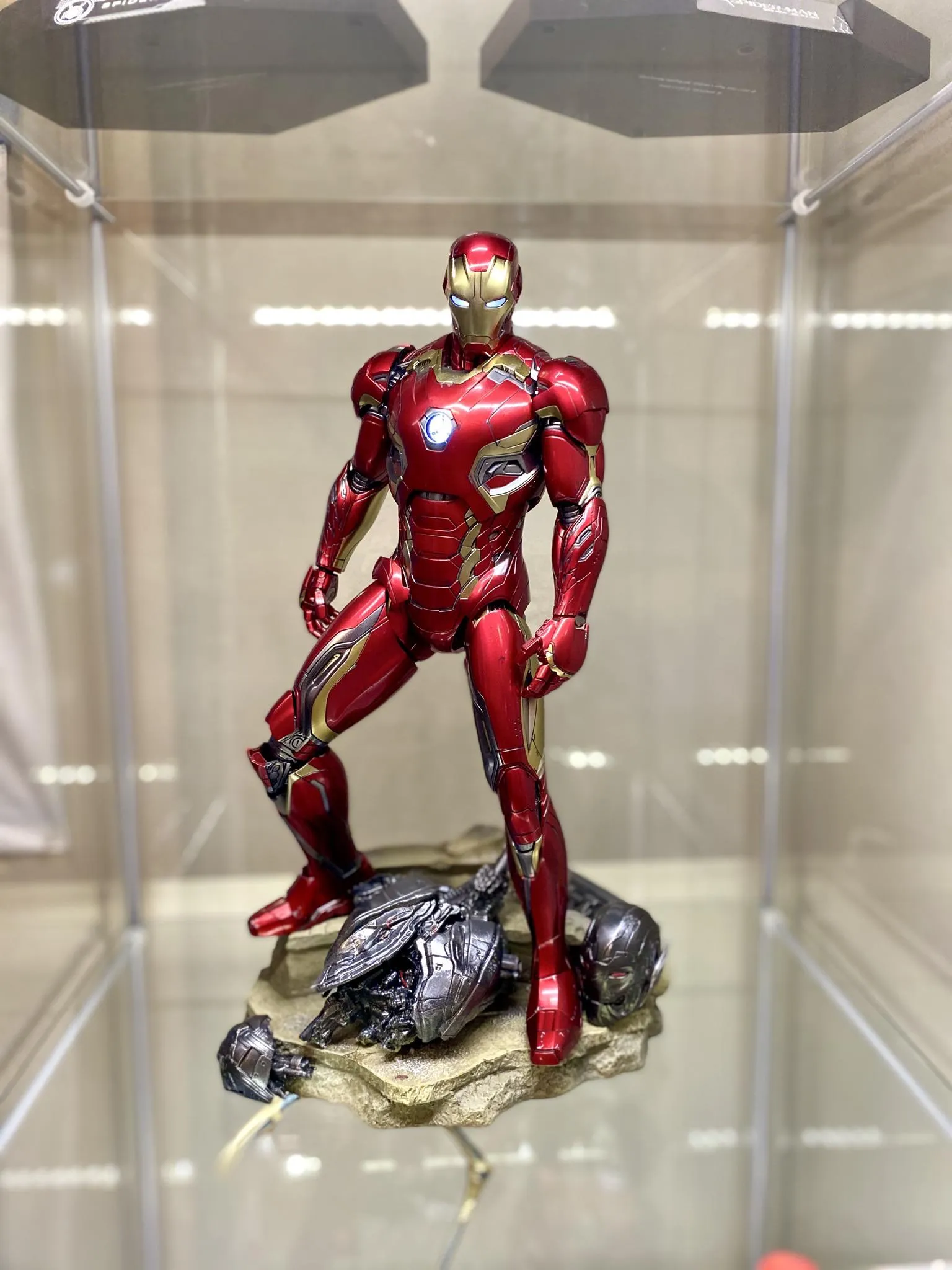
Production volume directly influences the choice of mold type. Permanent mold casting is ideal for mass production, where the high initial mold cost is amortized over a large number of parts. Expendable mold casting is best suited for low to medium production volumes, as the cost of mold replacement is manageable. Selecting the right mold type based on the expected production volume ensures the most efficient and economical manufacturing process. High-pressure die casting, a form of permanent mold casting, is particularly suited for very high production volumes due to its fast cycle times.
Complexity of the Part
The complexity of the part design significantly impacts the mold type selection. Expendable mold casting provides greater flexibility for intricate geometries and internal features. Permanent mold casting is often more suitable for parts with simpler designs. The complexity includes features like undercuts, thin walls, and internal cavities that can significantly affect the mold design and manufacturing process. The more complex the design, the more specialized and expensive the mold becomes. Design features like these can influence the choice of mold type and necessitate a balance between design intricacy and manufacturing feasibility.
Material Properties
The desired mechanical properties of the final part play a crucial role in mold type selection. Certain casting processes, such as gravity casting, can result in a finer grain structure and improved mechanical properties compared to high-pressure methods. The choice of mold type will affect the cooling rate and solidification process, which affects the final microstructure of the diecast iron. The selection should consider the application’s performance requirements, like strength, durability, and wear resistance. Understanding the relationship between the casting process and the resulting material properties is critical for achieving the desired performance characteristics.
Choosing the Right Mold Type for Your Project
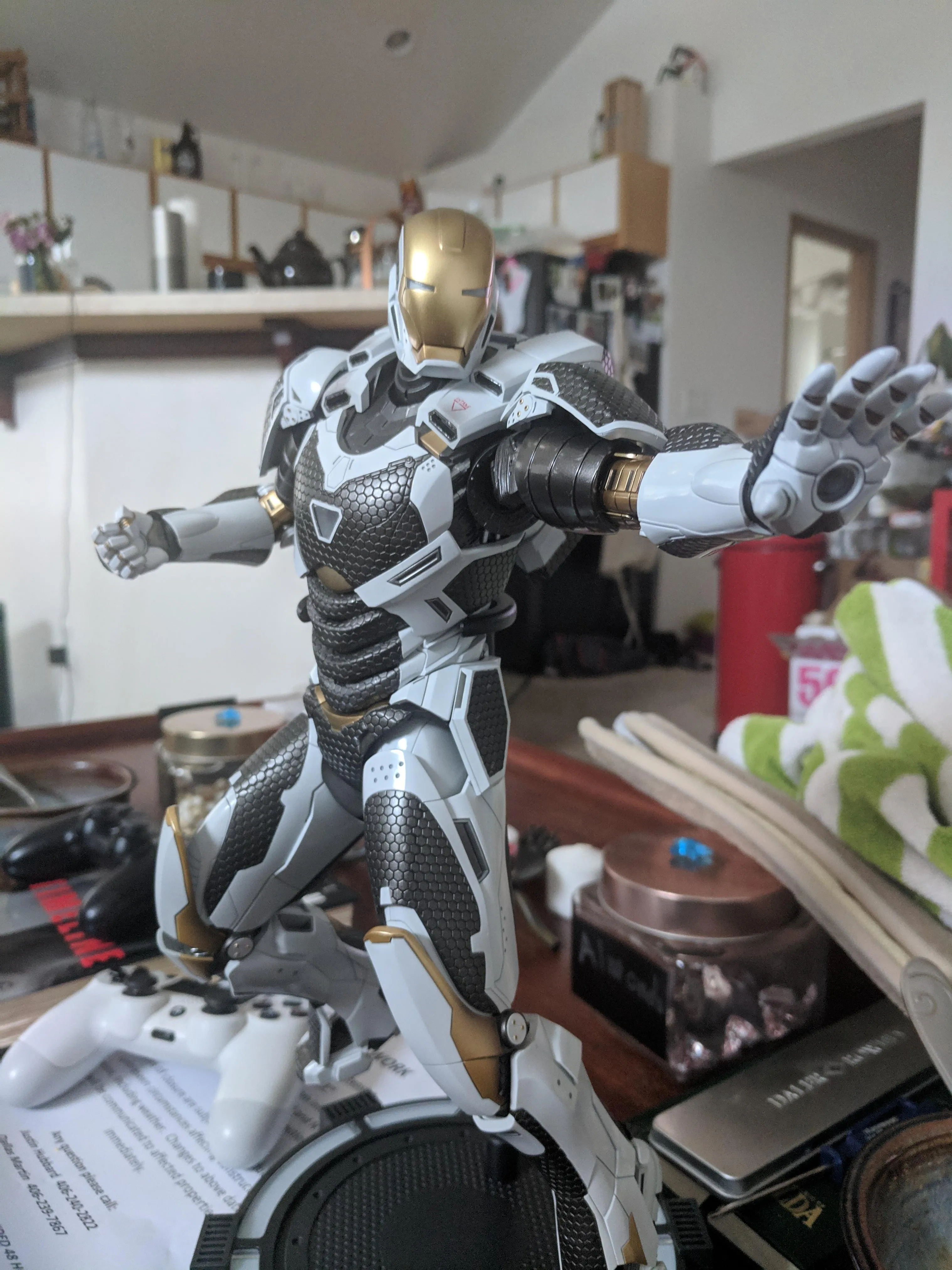
Selecting the optimal diecast iron mold type for a project involves careful consideration of multiple factors, including application requirements, design complexity, cost constraints, and production volume. A thorough understanding of the available processes and their respective benefits and limitations is essential. The selection should be a balance of design, cost, and performance requirements, with consideration for all influencing factors. Collaboration with experienced casting professionals is also vital to ensure informed decision-making and successful project outcomes.
Factors to Consider
Several factors must be considered when selecting a diecast iron mold type. These include the desired mechanical properties of the final part, the production volume, the complexity of the part design, and the available budget. Each mold type offers different advantages and disadvantages, and careful analysis of these factors is essential for making the right decision. Other factors include the required surface finish, dimensional tolerances, and the required production time. A comprehensive evaluation of all factors will guide the choice of the most suitable mold type.
Application Requirements
Application requirements dictate the specific properties and performance characteristics that the final part must possess. These include factors like strength, durability, wear resistance, and the ability to withstand extreme temperatures or pressures. Identifying these requirements upfront guides the mold selection process and ensures that the chosen method produces parts that meet the demands of the intended application. The application environment and the performance specifications will influence the mold type and the material properties that are best suited for the part.
Design and Tolerance
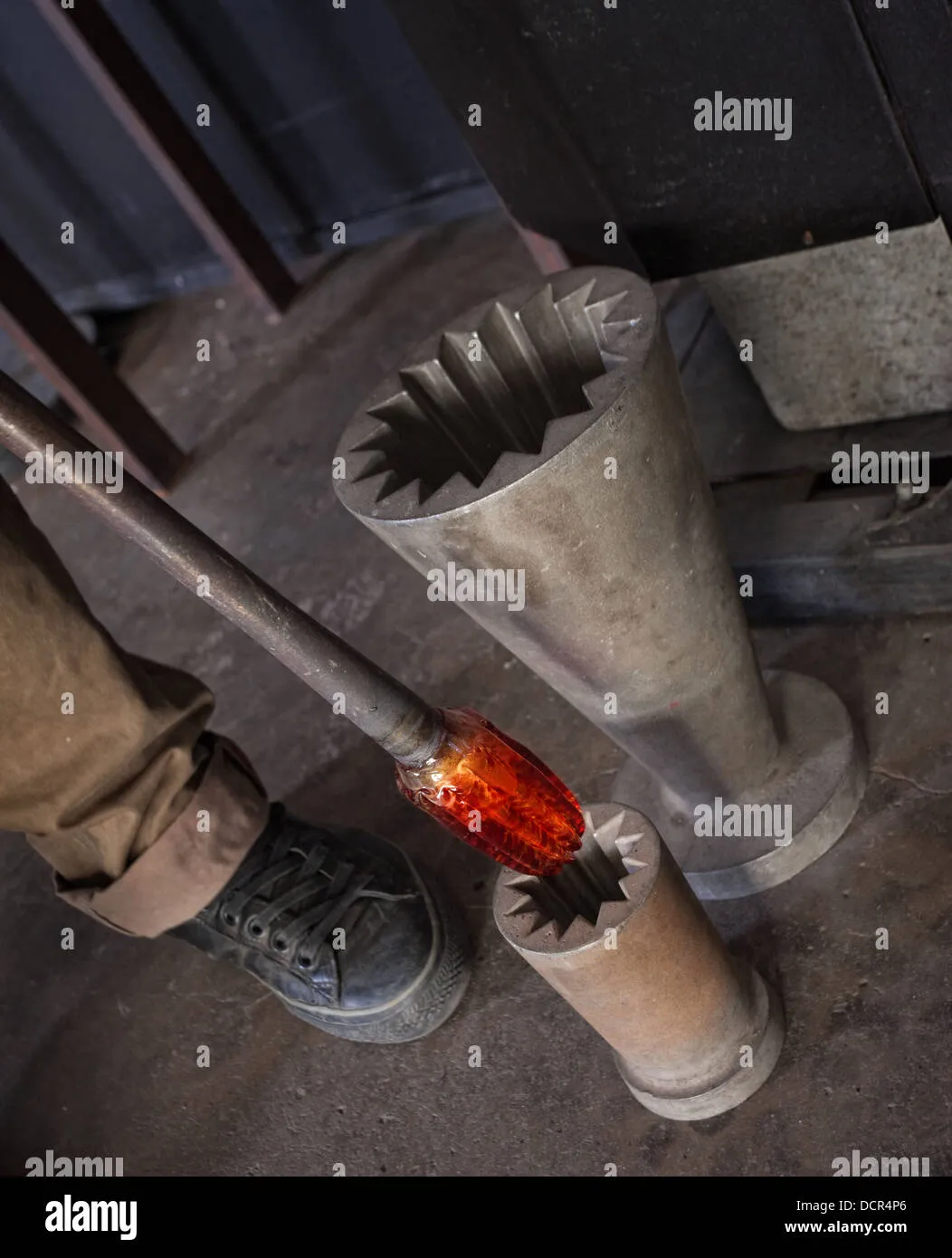
The design of the part, including its complexity and required dimensional tolerances, is a crucial factor in selecting the appropriate mold type. Parts with intricate geometries, undercuts, and tight tolerances often require more specialized mold types, such as investment casting. Parts with less demanding requirements can often be produced using simpler and more cost-effective methods. Understanding the design specifications and required tolerances is essential to ensure the chosen mold type can produce parts that meet all design criteria. Careful consideration of design constraints and required tolerances is critical for ensuring the functional integrity of the final product.
Summary
Choosing the correct diecast iron mold type is pivotal for achieving success in metalworking. This decision should be based on a clear understanding of the different mold types, their advantages and disadvantages, and the project’s specific requirements. By considering factors like application requirements, production volume, design complexity, and cost, manufacturers can make informed decisions and optimize the diecast iron casting process for superior results. Selecting the right mold type ensures that the final product meets performance expectations, is produced cost-effectively, and is delivered on time. Making the right choice requires a detailed analysis of all these variables, ultimately enabling better quality and efficiency.
